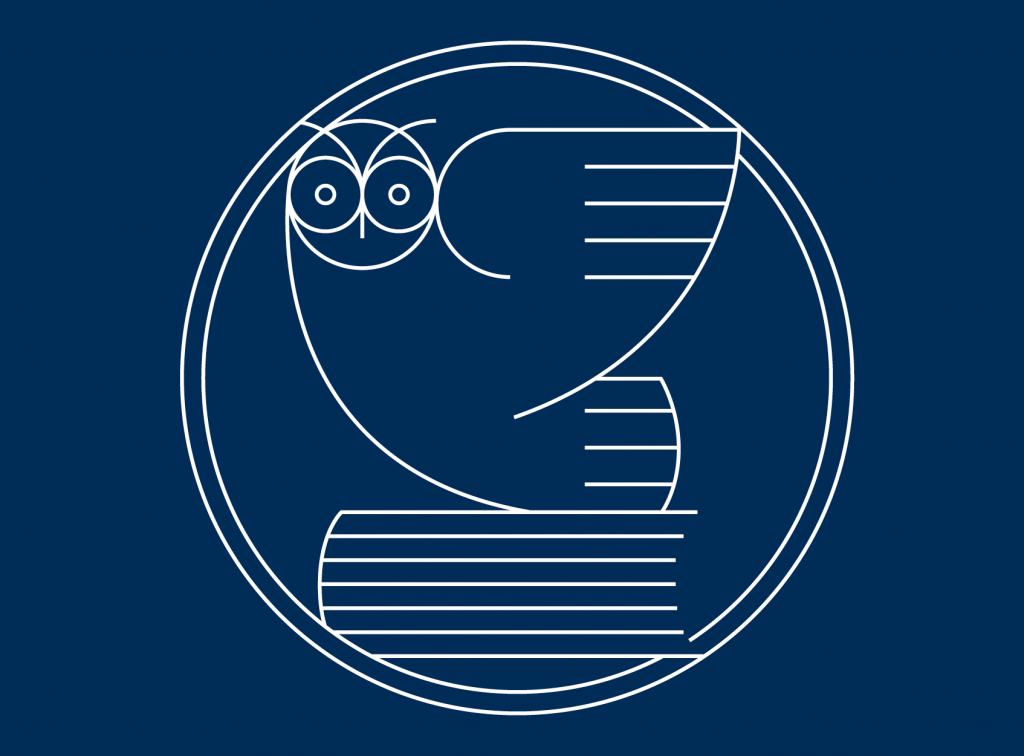Proceedings of the Estonian Academy of Sciences
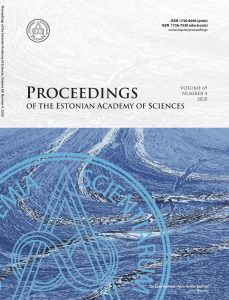
The last issue of the Proceedings of the Estonian Academy of Sciences presents 10 articles from 7 different subjects: Chemistry, Communications technology, Computational biology, Fibre-reinforced concrete, Computational mathematics, Power electronics, Remote sensing and Topological algebra.
Estonian Journal of Earth Sciences
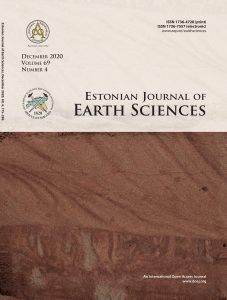
Issue 4 of the 2020 volume of the Estonian Journal of Earth Sciences celebrates the 200th anniversary of geology education in Estonia. Systematic teaching in geology in Estonia started in 1820 when the Chair of Natural Sciences and Mineralogy and the Mineralogy Cabinet were established at the University of Tartu. The papers in this issue cover different aspects of the geological research in Estonia and neighbouring areas, spanning from geophysical modelling to isotope geochemistry, palaeontology and stratigraphy. Among others, a contribution by Oive Tinn and co-authors is presented, revealing the affinity of an enigmatic Ordovician fossil Martsaphyton moxi. This fossil was considered as the oldest land plant when discovered in 1925, but now appears to be an animal.
Oil Shale
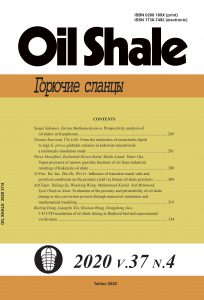
Opening the issue of the journal, we find a short and specific article by Ülo Lille, in which he finally confirms that oil shale is a lipid-based fuel. We also find articles where the method of oil shale research is modern 3-D modelling or numerical calculation method. We gain knowledge about Kazakhstan oil shale and the effect of catalysts on oil shale pyrolysis.
Estonian Journal of Archaeology
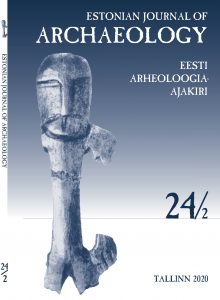
In the fresh issue of the Estonian Journal of Archaeology the authors from Estonia, Finland and Latvia analyse the location choice of Stone Age settlements, medieval trade in northern Fennoscandia and the reasons of the underrepresentation of nonadult burials in Latvian Iron Age cemeteries.
TRAMES. A Journal of the Humanities and Social Sciences
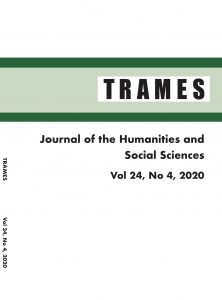
In the fourth issue of Trames in 2020 there are important contributions on different topics. The issue starts with the paper on Sámi landscape as a monument (Lars Rhodin and Sun Jiuxia); it echoes the former contribution Marking sacred places in Estonia (Mare Kõiva et al. Trames nr 2, 2020). The issue is closed by the analysis of the Russian disinformation campaign in Czech media – “Barnevernet steals children” (Miroslava Pavlíková and Miroslav Mareš). In this issue there are important articles on the hypothesis that perceivers who rate their hallucinations as clearer have also a higher level of suggestibility in general (Triin Taal and Talis Bachmann), Latgalian Old Believers (Jelena Korolova et al.), Ernesto Laclau (Janar Mihkelsaar), German populist party Alternative for Germany (Ralf Havertz), and Lithuanian defence spendings (Donatas Palavenis).
Linguistica Uralica
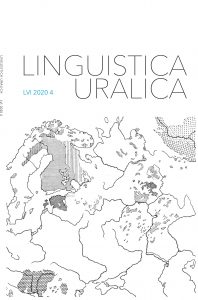
The last issue of this year’s Linguistica Uralica presents new results in three different research fields – place names that had vanished from Western Ingerland by the early 18th century, an archeo-geographical analysis of Permic-Komi language monuments from 1785, and the corpus-based research on the marking of object (või the accusative??) of the Besermyan dialect of the Udmurt language. The archeo-geographical analysis is quite rare in our journal.
Acta Historica Tallinnensia
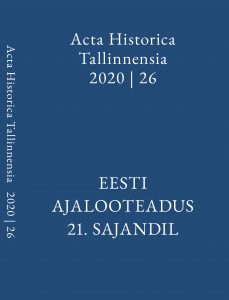
Special issue of Acta Historica Tallinnensia is dedicated to the historical studies in Estonia in the first two decades of the twenty first century.
